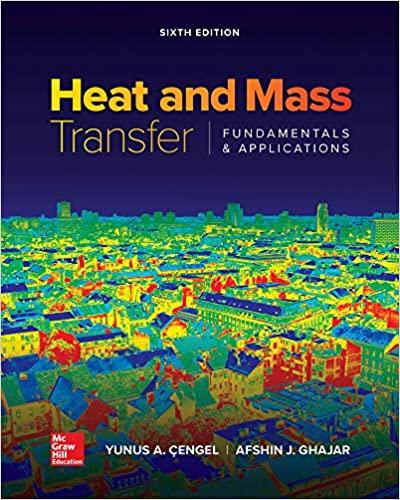Answered step by step
Verified Expert Solution
Question
1 Approved Answer
Consider the isothermal, isobaric gas - phase reaction 2 A + B C + 1 . 5 D The temperature is 3 1 3
Consider the isothermal, isobaric gasphase reaction
ABC D
The temperature is deg C and the pressure is atm. The feed stream contains mol Amol and mol Bmol with
the remaining molmol being inert species
a Generate a complete stoichiometric table Include a column for the concentration of each species leaving the reactor. Define conversion in terms of B XB
b Plat the concentration of A B C D and I leaving the reactor as a function of the conversion of The xaxis should range from to What is the maximum concentration of D leaving the reactor?
c Consider the situation where the feed stream contains mol Amol and mol Bmol with the remaining molmol being inert species On a new graph, plot the concentration of A B C D and I leaving the reactor as a function of the conversion of B What is the maximum concentration of D leaving the reactor? Would you choose
to operate the process with the original feed composition above or the one presented in c Explain your decision,
Step by Step Solution
There are 3 Steps involved in it
Step: 1

Get Instant Access to Expert-Tailored Solutions
See step-by-step solutions with expert insights and AI powered tools for academic success
Step: 2

Step: 3

Ace Your Homework with AI
Get the answers you need in no time with our AI-driven, step-by-step assistance
Get Started


